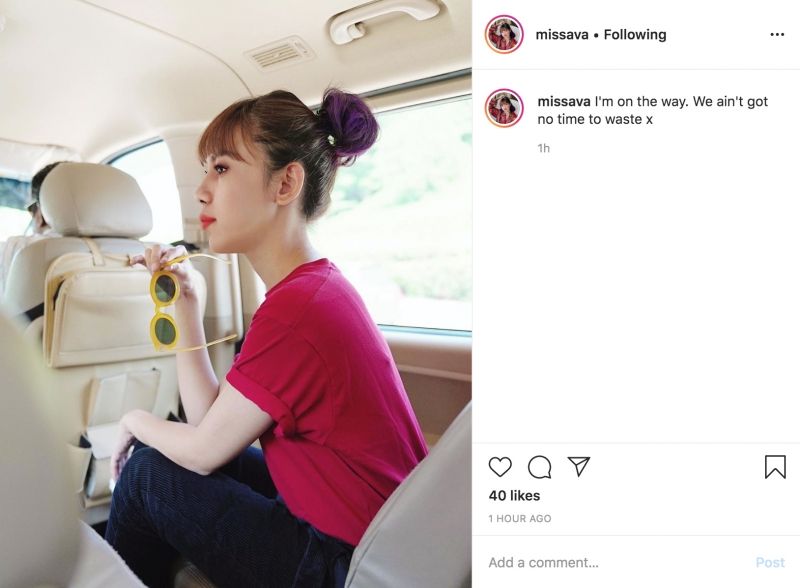
AirAsia takes to the skies with virtual influencer Miss AVA
share on
AirAsia has unveiled a virtual influencer named Miss AVA, an evolution of its chatbot named AVA (AirAsia Virtual Allstar) launched last January. Present mainly on Instagram, Miss AVA posts travel-related content and her first post was on 25 January. AirAsia first teased Miss AVA in an Instagram post last December, wishing her happy birthday and saying: "The new makeover looks great on you and something's brewing. Lookout for Miss AVA in 2020!"
Rudy Khaw, AirAsia's group head of branding, told A+M that the idea for Miss AVA came about in early 2019 but it took the team a little under a year to unveil her because it wanted to ensure AVA had the right look that could cut across markets. Miss AVA was created as a new way to engage consumers and attend to their queries, as well as drive social engagement.

According to Khaw, Miss AVA has no race, religion or nationality. As such, her sense of flexibility and consistency will be constant. Besides embodying the values of an AirAsia Allstar, such as integrity, passionate, and hardworking, Khaw said Miss AVA is also honest, bubbly, daring, caring, futuristic, open to new adventures and embraces her individuality. These traits make Miss AVA personable and appeal to anyone, he added.
"AirAsia has always been about doing things differently and following the introduction of our chatbot AVA, we saw an opportunity to take it one step further. We thought that it would be groundbreaking if we could give her life and a personality; to make her out to be more than just a chatbot which can engage with our fans, someone they can interact and have fun with," he explained.
The successful roll out of Miss AVA did not come easy. According to Khaw, the biggest challenge of creating Miss AVA was achieving lifelikeness while also ensuring it remains obvious to consumers that it is a virtual personality. "From every strand of her hair to the tiniest freckle on her face, every change required time and scrutiny to the dot. We are still learning and experimenting along the way," he added.
AirAsia joins brands including PUMA, SK-II, and KFC in riding the virtual influencer wave. PUMA Southeast Asia, for example, recently launched its virtual influencer named Maya in partnership with UM Studios in Malaysia, to promote its Future Rider sneakers. While PUMA still works with real life influencers such as Singaporean rapper Tosh Zhang, Malaysian singer Ismail Izzani, and Indonesian actor Adipati Dolken, Maya will value add by updating her collaborations with PUMA on Instagram, as well as post group selfies with the team.
Last year, SK-II created YUMI to engage with younger consumers who want more meaningful experiences with the brands they know and trust. According to AI company Soul Machines, which worked with SK-II to produce YUMI, the virtual influencer "can operate at scale, autonomously of human intervention".
Read also:
Virtual influencer hype: How long before the trend hits the Malaysian market?
The rise of the AI influencer: Are they simply easier to work with?
share on
Free newsletter
Get the daily lowdown on Asia's top marketing stories.
We break down the big and messy topics of the day so you're updated on the most important developments in Asia's marketing development – for free.
subscribe now open in new window
